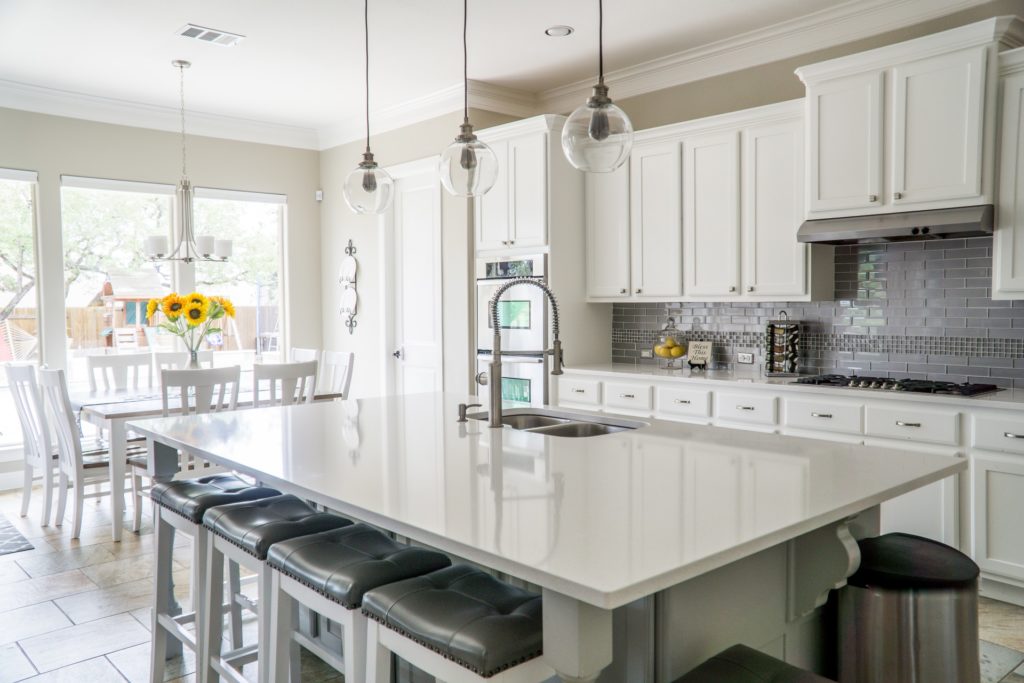In the realm of aging, you have got to catch the young at heart before they realize that running, jumping, and climbing is truly a temporary state of mind. Anticipating the slowing of mobility and the onset of disability demands to make accessibility changes in home and hearth. In the twilight years, and for the disabled, living well is all about ensuring independent free movement throughout your homestead. Before you consider building a new home with considerations built-in before you cross the threshold, consider the following tips to make your home handicap accessible.
- Home Access: Ramps and Doorways
Ramps
Have a ramp built to make for an easy transition from outside to inside. This will help with wheelchair access and with anyone who has mobility issues. Depending on materials and size, the cost varies with low-threshold ramps to a custom-designed ramp. Do not forget to add the cost of a permit. Check with your local municipality for permit regulations and information to meet building codes.
Doorways
Most household doorways are too small for a wheelchair or walker to easily pass through. Before investing $500 to $1000 for widening, consider offsetting hinges that could help a door swing completely open. That shift could add several inches before committing to a costly job. Also, evaluate all of your devices before beginning changes to your homestead. Knowing width, length, and turning radius can make it easier to accurately widen spaces but also be conscious of the thoroughfares in-between.
- Bathroom: Grab Bars, Risers, and Showers
Grab Bars
These can increase reassurance, security, and stability around the shower, tub, and toilet. From professionals to handymen, the cost will run your coffers between $100 to $300 apiece.
Risers
Toilet risers make a smoother transition from standing up to sitting down by raising the height of the toilet seat. Risers are perfect for people who have difficulty bending over, sitting down, or standing up. They may be available at drug stores and some home improvement businesses. According to some of the literature, the cost will run less than $50.
Showers
Most showers have high walls that are difficult to step over for the mobility limited. Try creating or replacing the tub with a wheelchair accessible or walk-in shower. If you are on a tight budget, try buying or installing a shower bench for increased stability.
- ADA Sinks
The bathroom is one of the most critical spots for an accident to happen. For starters try installing an ADA compliant restroom beginning with an ADA sink. The design for these sinks assists users with disabilities and mobility problems. Calculating sink mountings results in space for wheelchairs and clearance under the sink. Keep floor space around and beneath clear of debris. Pipes also need to be insulated.
- Around the House: Cabinets, Flooring, and Furniture
Cabinets
For a homeowner with mobility issues, cabinets are frequently too high to reach; an increased difficulty is in having access to what is inside. Move frequently used items such as bathroom towels, medication, and dishes to lower cabinets. Also, move appliances closer to the sink to make for easy task performance.
Flooring
Consider hardwood or vinyl flooring for smooth transitions across walking surfaces. Area rugs and carpeting are hazards for anyone with mobility problems; especially, with those who use wheelchairs or walkers.
Furniture
For independent freedom of movement, construct pathways in the house that are at least 32 inches wide between furniture. To make the thoroughfare easy to walk may require downsizing effects and using storage.
- Government Assistance
Try not to feel that these changes may be outside of your budget. Administered by the Federal government, disability grants exist for your use. Check into The Assisted Living Conversion for Eligible Multifamily Housing Projects (ACLP) through the U.S. Office of Housing and the Housing and Urban Development Office. Medicaid programs are also offered in most states to cover changes to the homestead.




